Ditapis dengan
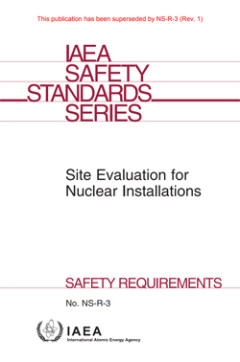
Site Evaluation for Nuclear Installations, Safety Requirements
This Safety Requirements publication was prepared under the IAEA programme on Safety Standards for Nuclear Installations. It establishes requirements and provides criteria for ensuring safety in site evaluation for nuclear installations. The Safety Guides on site evaluation listed in the references section provide recommendations on how to meet the requirements established in this Safety Requir…
- Edisi
- -
- ISBN/ISSN
- 9201124031 / 1020525X
- Deskripsi Fisik
- 28 p. : illus. ; 24 cm
- Judul Seri
- Safety Standards Series No. NS-R-3
- No. Panggil
- -
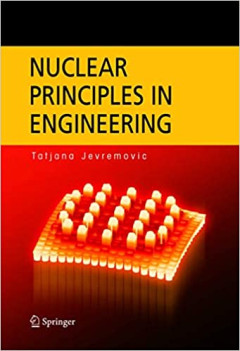
Nuclear Principles in Engineering
Nuclear engineering plays an important role in various industrial, health care, and energy processes. Modern physics has generated its fundamental principles. A growing number of students and practicing engineers need updated material to access the technical language and content of nuclear principles. Nuclear Principles in Engineering is written for students, engineers, physicians and scientist…
- Edisi
- -
- ISBN/ISSN
- 0-387-23284-2
- Deskripsi Fisik
- xix, 442 p : Illus ; 2,1 cm
- Judul Seri
- -
- No. Panggil
- 621.48
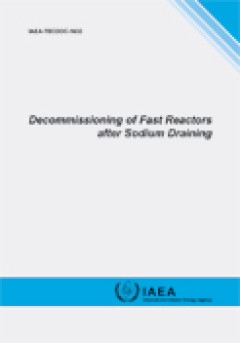
IAEA - TECDOC Series No. 1633 : Decommissioning of Fast Reactors after Sodium…
Decommissioning of fast reactors and other sodium bearing facilities is a domain in which considerable experience has been accumulated. This publication arises from an IAEA technical meeting convened to address decommissioning experience with fast reactors, in particular with regard to the decommissioning of components after sodium draining. Experience gained from the decommissioning of both ac…
- Edisi
- -
- ISBN/ISSN
- 978–92–0–111809–7 / 1011–4289
- Deskripsi Fisik
- 189 p
- Judul Seri
- -
- No. Panggil
- -

Release of Sites from Regulatory Control on Termination of Practices, Safety …
An increasing number of nuclear facilities are coming to the end of their useful lives and are being, or are going to be, decommissioned with a view to removing the sites from regulatory control. In many cases, decommissioning activities include the decontamination of land, buildings and other structures such as underground pipes and tanks, or ponds, at the site that became contaminated as a re…
- Edisi
- -
- ISBN/ISSN
- 9201016069 / 1020525X
- Deskripsi Fisik
- 37 p. : Illus. ; 24 cm
- Judul Seri
- Safety Standards No. WS-G-5.1
- No. Panggil
- -

Decommissioning of Medical, Industrial and Research Facilities, Safety Guide
This Safety Guide addresses the subject of how to meet the requirements for the decommissioning of medical, industrial and research facilities where radioactive materials and sources are produced, received, used and stored. It provides guidance to national authorities and operating organizations, particularly to those in developing countries (as such facilities are predominant in these countrie…
- Edisi
- -
- ISBN/ISSN
- 9201020886 / 1020525X
- Deskripsi Fisik
- 37 p. : Illus. ; 24 cm
- Judul Seri
- Safety Standards Series No. WS-G-2.2
- No. Panggil
- 362.1 IAE d
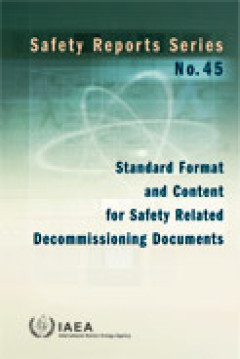
Standards Format and Content for Safety Related Decommisioning Document
This report provides information on the content and format for decommissioning plans and supporting safety related documents. Its scope includes information that is relevant to all types of nuclear facilities, ranging from nuclear power plants and reprocessing facilities to university laboratories and manufacturing plants. The report will be of interest to decommissioning planning engineers, pr…
- Edisi
- -
- ISBN/ISSN
- -
- Deskripsi Fisik
- 64 p. : Illus. ; 24 cm
- Judul Seri
- Safety Reports Series No. 45
- No. Panggil
- -
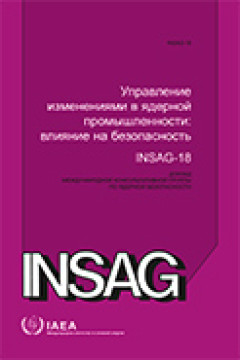
Managing Change in the Nuclear Industry: The Effects on Safety
This INSAG report is written for members of boards of directors and senior executives who are responsible for the overall safety of an installation, who make decisions for change, and who implement those decisions. It is also written for senior regulators who, on behalf of the public, ensure that boards of directors and executives meet their responsibilities for safety. The report discusses how…
- Edisi
- -
- ISBN/ISSN
- 9201134037 / 10252169
- Deskripsi Fisik
- 12 p. : Illus. ; 24 cm
- Judul Seri
- INSAG-18
- No. Panggil
- -
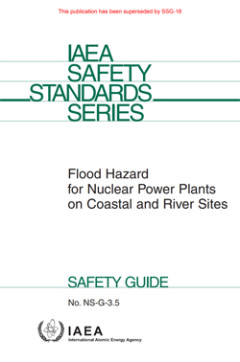
Flood Hazard for Nuclear Power Plants on Coastal and River Sites
This Safety Guide discusses the phenomena, both natural and human induced, that may cause floods or droughts at coastal and river sites, and gives an outline of the methods that can be used for, and the critical factors involved in, the evaluation of such events and of their associated effects. Possible combinations of two or more phenomena that can give rise to flooding at a site are also disc…
- Edisi
- -
- ISBN/ISSN
- -
- Deskripsi Fisik
- 83 p. : illus. ; 29,5 cm
- Judul Seri
- Safety Standards Series No. NS-G-3.5
- No. Panggil
- 621.48 IAE f
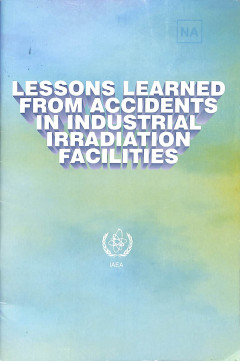
Lessons Learned from Accidents in Industrial Irradiation Facilities
This book consist : Introduction; Brief description of accidents; Major causes of accidents and lessons learned; and Prevention and remedial actions. (Jml)
- Edisi
- -
- ISBN/ISSN
- 920102696X
- Deskripsi Fisik
- 52 p. : Illus. ; 24 cm
- Judul Seri
- -
- No. Panggil
- 621.48 IAE l
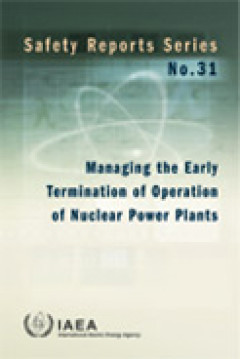
Managing the Early Termination of Operation of Nuclear Power Plants
When facing the decision of closing nuclear power plants (NPPs) before expiration of their operating licences, it is important that the same safety measures are applied to management concerns for strategic planning as are applied to technical reviews. These management and organizational issues are fundamental to any future decommissioning process. Managers at sites that decide to close early ma…
- Edisi
- -
- ISBN/ISSN
- 9201086032 / 10206450
- Deskripsi Fisik
- 48 p. : Illus. ; 24 cm
- Judul Seri
- Safety Reports Series No. 31
- No. Panggil
- -
 Karya Umum
Karya Umum  Filsafat
Filsafat  Agama
Agama  Ilmu-ilmu Sosial
Ilmu-ilmu Sosial  Bahasa
Bahasa  Ilmu-ilmu Murni
Ilmu-ilmu Murni  Ilmu-ilmu Terapan
Ilmu-ilmu Terapan  Kesenian, Hiburan, dan Olahraga
Kesenian, Hiburan, dan Olahraga  Kesusastraan
Kesusastraan  Geografi dan Sejarah
Geografi dan Sejarah